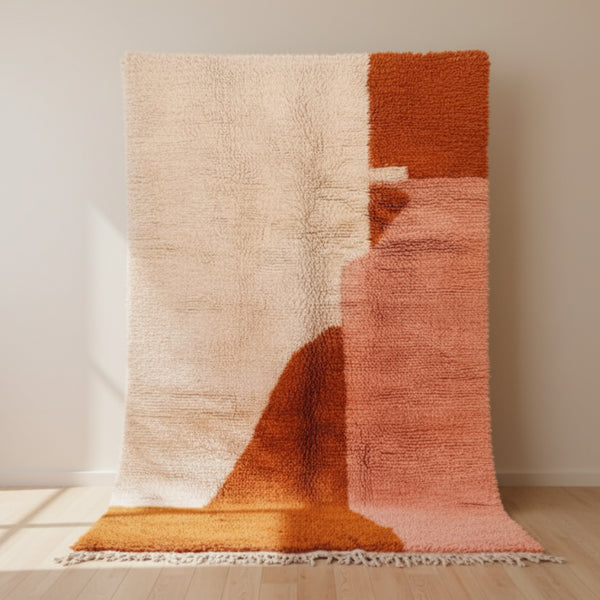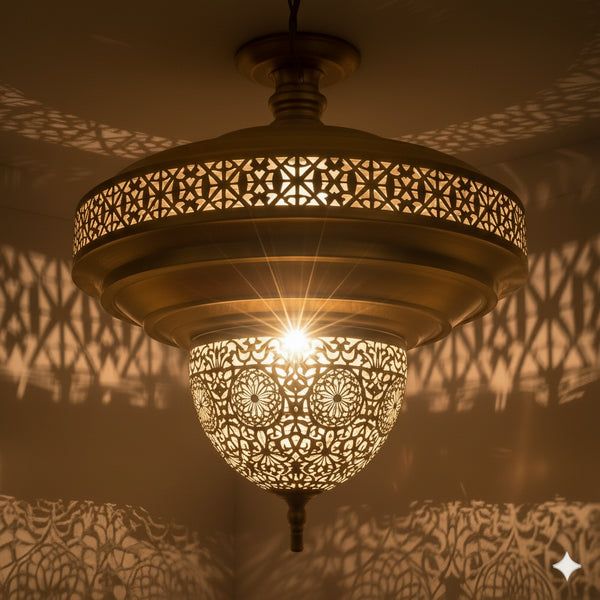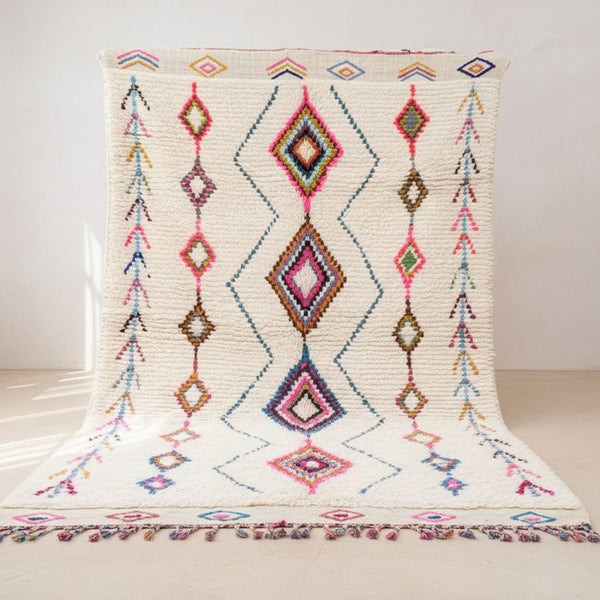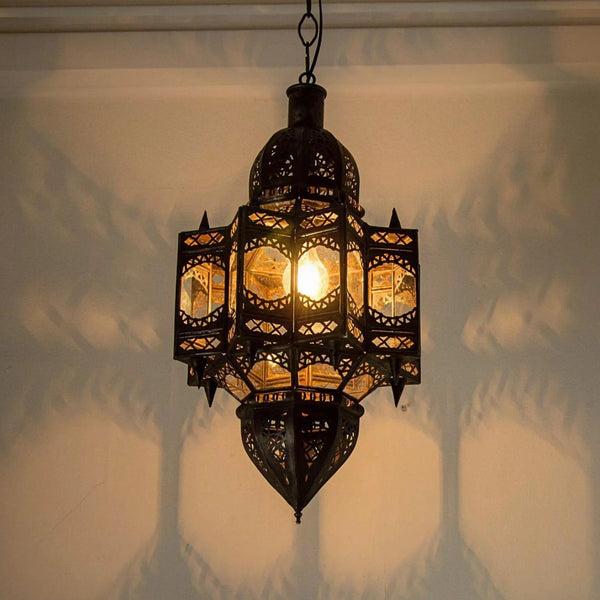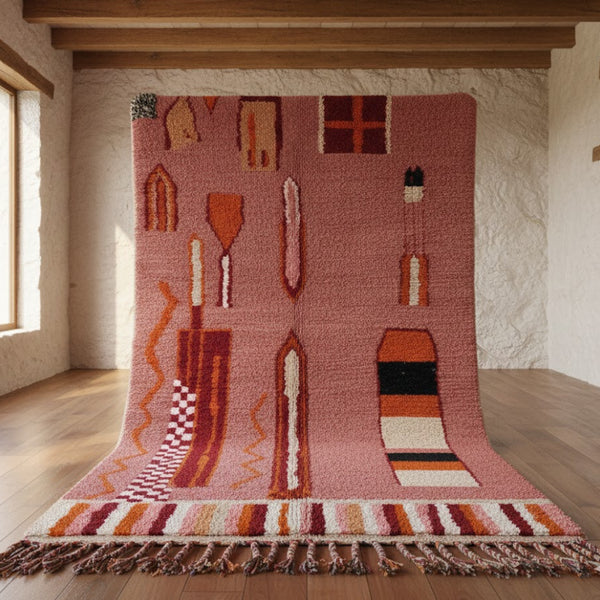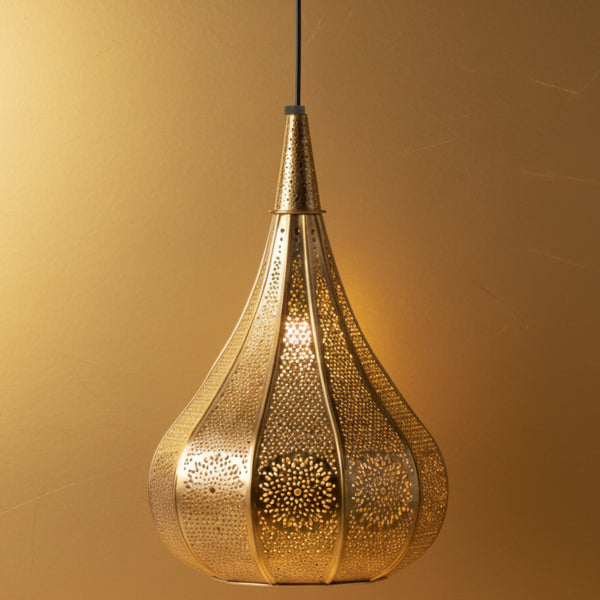Layering Moroccan Area Rugs Under Minimalist Furniture
Posted by AADIL KHAN
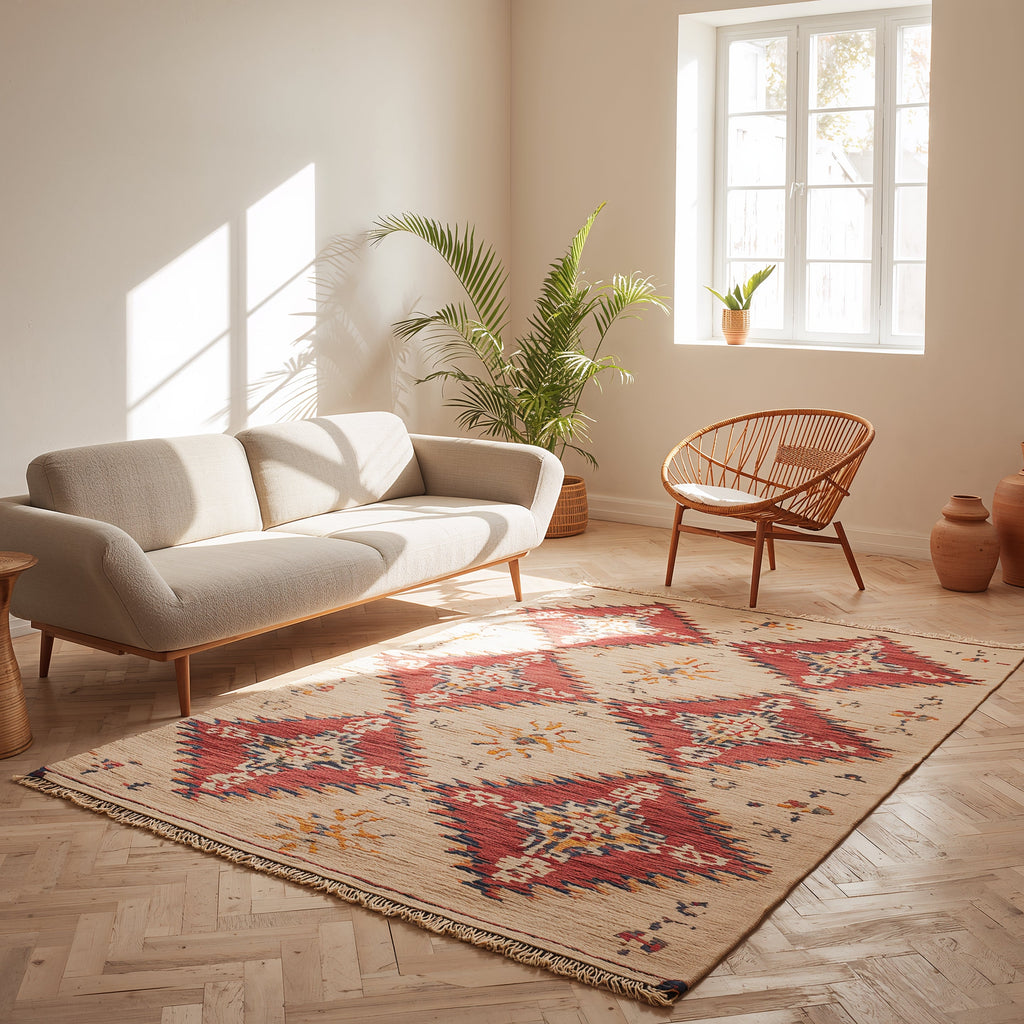
Minimalist interiors are renowned for their crisp lines, spacious spaces and slender colors. However, without careful layering it can be dull or not finished. This is the reason Moroccan area rugs are a great choice. These hand-woven rugs are the perfect combination of character, warmth, and visual appeal -- and when carefully layered beneath minimal furniture, they will elevate the whole room.
No matter if you have an empty living space or an uncluttered bedroom or a minimalist open-concept room this guide will teach you how to utilize Moroccan carpets as well as boho accents and wool textures to give the illusion of depth, without losing simplicity.
1. You can ground your Space by introducing Moroccan Area Rugs
The core of any layered rug arrangement can be found in the floor rug and nothing can anchor a minimalist room as well as an appropriately placed Moroccan carpet. Popular for their soft textures and subtle tribal designs, these rugs provide the base to layer without overwhelming the space.
Styles that are popular include:
-
Beni Ourain: Cream or white rug with geometric lines in black.
-
Azilal Rugs: Slightly more colorful however still muted enough to work with minimalist styles.
-
flatweave designs: Perfect for layering or zones with high traffic.
These rugs are especially effective in furniture pieces with a central role, for example:
-
A neutral sectional, or a mid-century modern sofa.
-
A bed that has clean lines and an unassuming headboard.
-
A simple dining table that has metal chairs in black or wood.
Their patterns aid in defining the space, creating visual boundaries to spaces that may otherwise seem too spacious or dull.
2. Create a contrast with Add Contrast with a Boho Design Area Rug that is layered over neutrals

Layering doesn't have to be just about stacking, the idea is to create contrast. The Boho style area rug can provide just enough visual interest to reshape a neutral space.
Boho rugs typically contain:
-
Tassels, fringes, or even tassels.
-
Multi-tonal patterns, or natural dye washes.
-
More soft More softer "lived-in" textures.
Try this combo of layers:
-
Begin with an enormous cream Moroccan rug to serve as your base.
-
You can layer a smaller and slightly larger Boho rug on top of it perhaps with a soft blue tone or faded rust.
-
It can be angled off-center beneath the table, or put half-under an accent chair to create an asymmetry.
This design helps keep the basic base intact and adds a layer of warmth and character.
3. How to Style a Handmade Moroccan Wool Rug for Texture
While Boho rugs add the appearance of a room While Boho rugs add color and flair, the hand-made Moroccan wool rug provides a rich texture. Rugs like these, constructed from heavy hand-knotted wool, feel soft underfoot and visually luxurious, which makes them perfect for lounges and bedrooms.
A wool rug is often layered:
-
Soften tile or concrete flooring.
-
Incorporate the insulation and warmth in cooler climates.
-
It contrasts beautifully with more smooth materials such as wood, leather or glass.
Styling suggestion:
Try adding a soft wool rug inside a space with a stylish leather chair and a low-slung side oak table. The texture will add depth and still reflects the minimalist style -less clutter, more space, and more comfort.
4. Choosing Rug Sizes That Complement Minimalist Furniture

Layering is best when proportions are deliberate. A rug that is too big could make the space seem crowded or empty.
Here's a quick guide:
-
Living Room: The foundation Moroccan area rug must be large enough to stretch at least halfway underneath the sofa. The top rug could be smaller, and it should be centered beneath the table.
-
Bedrooms: Let the rug look out for 2-3 feet across all side of the bed. By laying runners across the bed, it gives a sense of an element of balance.
-
Dining Space: Your base rug should be big enough to allow chairs to fully slide out and remain in place on your rug. Do not layer under the table unless you have the rug on top flat and secure.
Rugs with layers shouldn't be an extravaganza. They should be a part of the furniture's design and not be a hindrance to it.
5. Neutral Doesn't Mean Boring: Embrace Earth Tones & Pattern
Minimalist doesn't mean monotone. Moroccan rug designs are beautiful earthy neutral shades which work well with minimal materials.
Rugs should be found in:
-
Cream, sand as well as beige and cream tones.
-
Dark grey or charcoal bases.
-
A hint of blue faded, rust or clay to create subtle dimensions.
Use them in conjunction with natural materials, such as:
-
Furniture made of light oak or walnut.
-
Whitewashed walls or finishes for plaster.
-
Metal that is matte or black.
The colors blend wonderfully, while providing the eye with something to relax on. Designs of Moroccan area rugs are soft enough to not clash and yet distinct enough to provide depth.
6. Layering Techniques: Off-Center, Angled, and Framed
After you've selected your rug now is the time to arrange them with care. Do not stack rugs in a symmetrical fashion as it could appear too familiar in a minimalist environment.
Try these methods:
-
Off-Center Layering Place a rug with a lower size in a way that it peeks at one side, underneath an ottoman or a bench.
-
The Angled Layering method: Place a top rug on the slight angle beneath the table for a break up grid lines.
-
Framed Effect The patterned rug is layered inside the borders of a solid rug -- similar to matting an art piece.
This placement is a clever way to draw attention to the space without obscuring it.
7. Enhance Negative Space using Motion and Texture

One of the strengths of minimalism is the use of negative space. But empty doesn't mean blank.
Rugs can be used to fill that "quiet" space while maintaining the flow.
Examples:
-
Make use of a long Moroccan runner to lengthen the hallway without having to add furniture.
-
A fringed Boho rug on the table of a console to create a visual effect on the otherwise empty wall.
-
Let rug edges shine through under the furniture, to show layers that are not visible to the naked eye.
The elements such as fringe, tassels, uneven edges or the use of layers of fabric add movement to the space, and add the illusion of softness when stone or metal dominate.
Conclusion The Style of Depth Not Distraction
Moroccan rug designs add colour to minimalist spaces by adding warmth, texture, and a subtle global style. When properly layered they do not break guidelines of minimalist design, but rather they enhance the look of the room.
If it's a vibrant Boho type area rug layered over an unassuming Moroccan base or a luxurious handmade Moroccan wool rug for your reading spot The layers add visual awe and majesty without the distraction of.
Try your hand with texture, color, and layout. The key to great design is understanding what you can subtract and precisely what you can layer on.
